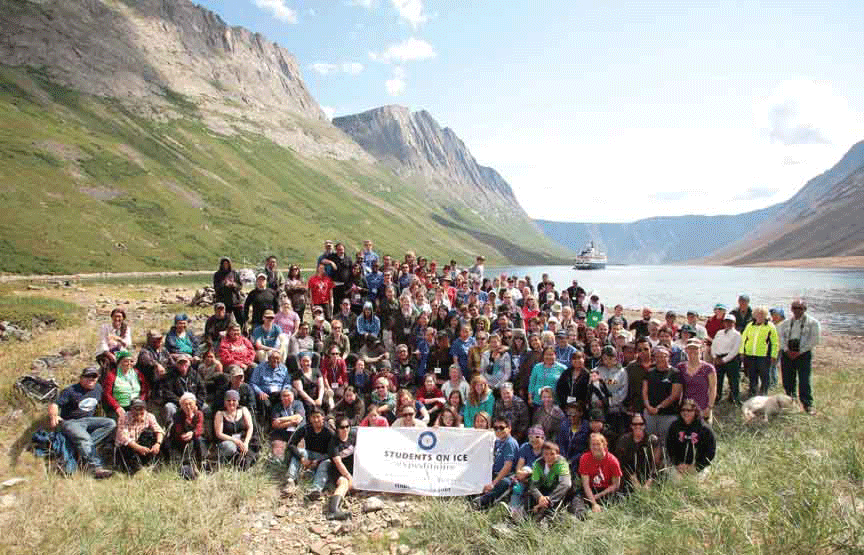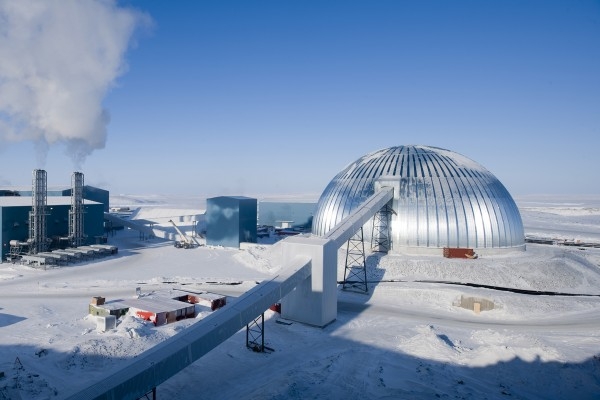
Ontario Energy Conservation: Finally Heading in the Right Direction
Kathleen Wynne was thinking about energy conservation in Ontario long before she became Premier of Ontario. The ideals associated with the Green Energy Act mirrored Wynne’s determination to champion clean and renewable energy in the province. Although controversy was raised by the Green Energy Act under then-Premier Dalton McGuinty, Wynne saw an opportunity to better Ontario’s conservation efforts. Back in 2012, she said, “I think that there’s more we can do on conservation both as individuals and as a corporate entity in the province”.
By getting communities more involved with the solar and windmill infrastructures, Wynne hoped that the communities would feel a part of the process and know that they were involved with creating a positive change. She attributed the resistance to the Green Energy Act to a lack of community input where solar and windmill infrastructure projects were underway.
The Green Energy Act was implemented in 2009 during McGuinty’s second term as Premier. The intent was to subsidize solar and wind power, but instead, these innovations led to an increase in the cost of electricity in have-not Ontario.
Smart Meters were also put in place by the McGuinty government. Smart Meters electronically track how much energy is used in a building and when to encourage more cognizant energy consumption. However, the Smart Meter system met with more criticism than support.
Perhaps the biggest energy-related mishap during McGuinty’s reign was the proposed power plants for Oakville and Mississauga that were cancelled at the last minute. The reason given for cancelling the power plants at the eleventh hour was that their locations were too close to homes and schools. This decision has since cost cash-strapped and debt-ridden Ontario hundreds of millions of dollars and much more than the Liberals had projected at the time of the cancellation.
Since becoming Premier, Wynne has attempted to move forward and continue pursuing better strategies to improve energy conservation. The gas plants intended for Oakville and Mississauga have been moved, one is to be built in Napanee.
The Napanee Generating Station will be located at the Ontario Power Generation Lennox Generating Station site. TransCanada is developing this project and is now in the permitting and engineering stages for the plant. TransCanada is a serious and reputable player in energy infrastructure and has a good track record in getting a job done efficiently, effectively and safely. As a leader in energy infrastructure, TransCanada places emphasis on power generation opportunities, making the Napanee Generating Station an ideal plan for the corporation to be involved with.
Sharan Kaur, TransCanada’s external communications specialist said,“The facility will provide reliable on-demand power to Ontario homes, schools, institutions and businesses by replacing retired coal and nuclear capacity, supporting nuclear refurbishment and backstopping wind and solar resources.”
The proposed Napanee Generating Station project is expected to create between 600 to 750 jobs during construction and approximately 25 long-term jobs. The sale of local goods and services is also expected to increase as a result of the plant’s construction. The Napanee Generating Station will likely operate during the work week and use additional flexible generation re-sources to com-pensate for the old coal capacity.
TransCanada is now undergoing an Environmental Review Report that will be published for public perusal. The environmental review will help to identify any effects on the area surrounding the plant. A draft of the Environmental Review Report will be presented to the public before a final version is submitted to the Ontario Ministry of the Environment.
Kaur also mentioned that TransCanada has been communicating with members of the Napanee community to answer any questions and concerns they might have. “In the case of this energy project, there will be more public input.”
Although Ontario’s Liberal Party has been plagued by the aftermath of cancelling the power plants for Oakville and Mississauga, the state of energy conservation in Ontario seems to be heading in the right direction at last. A stronger focus is being placed on the location of these power plants, as Premier Wynne and Ontario Energy Minister Bob Chiarelli have suggested.
At a recent press conference, Chiarelli said, “They do landfill studies, they do transit studies and, certainly, as a community grows, one of the significant elements is energy.” As such, picking the location for power plants becomes more important as regions change or grow in size and population but he reminds Ontarians that conservation is a key priority where energy is concerned: “Conservation has proven to be the cleanest and least costly energy resource. It offers Ontario families the opportunity to take control of their energy usage and easily reduce their electricity bills.”








